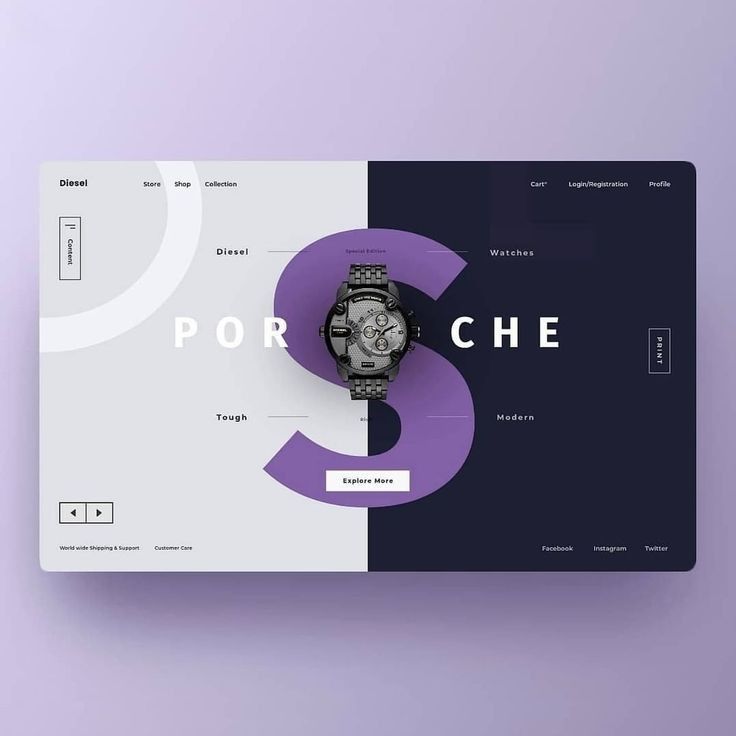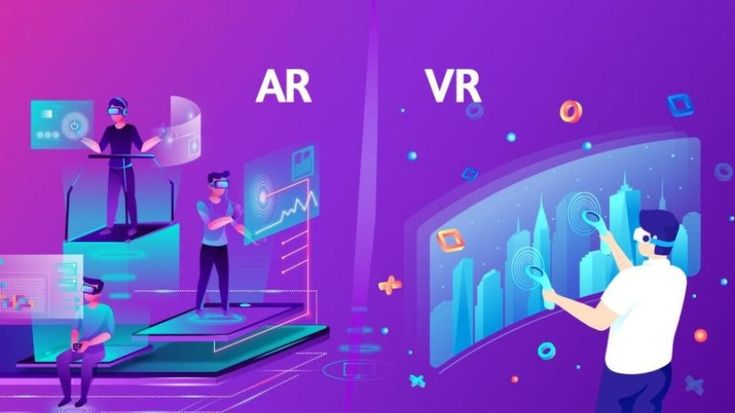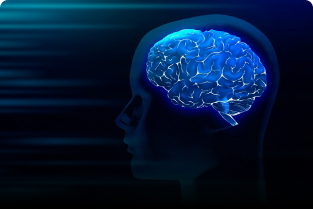A full stack web developer is proficient in both frontend and backend technologies, enabling them to build complete web applications from start to finish. The term “stack” refers to the combination of technologies used to develop these applications. Different full stack developers use different stacks based on their preferences and project requirements. Below are some popular full stack technology stacks that developers commonly use:
1. LAMP Stack (Linux, Apache, MySQL, PHP)
- Linux: The operating system that serves as the foundation.
- Apache: The web server that handles HTTP requests.
- MySQL: The relational database for storing and managing data.
- PHP: The backend programming language used to build dynamic web applications.
Best for: Traditional web applications and content management systems like WordPress.
2. MEAN Stack (MongoDB, Express.js, Angular, Node.js)
- MongoDB: A NoSQL database that stores data in a flexible JSON-like format.
- Express.js: A lightweight web framework for Node.js.
- Angular: A frontend JavaScript framework for building dynamic user interfaces.
- Node.js: A runtime environment that allows JavaScript to run on the server-side.
Best for: Single-page applications (SPAs) and real-time applications.
3. MERN Stack (MongoDB, Express.js, React, Node.js)
- Similar to MEAN but uses React instead of Angular for the frontend.
Best for: Applications that require high performance and flexibility in UI design.
4. MEVN Stack (MongoDB, Express.js, Vue.js, Node.js)
- Similar to MEAN and MERN but uses Vue.js for the frontend.
Best for: Developers who prefer Vue.js for its simplicity and reactive components.
5. Django Stack (Python, Django, PostgreSQL, Nginx)
- Python: The backend programming language.
- Django: A high-level Python web framework for rapid development.
- PostgreSQL: A powerful relational database.
- Nginx: A web server used for handling client requests.
Best for: Data-driven applications and machine learning-based web applications.
6. Ruby on Rails Stack (Ruby, Rails, PostgreSQL, Puma)
- Ruby: The programming language.
- Rails: A framework for building scalable web applications.
- PostgreSQL: The database management system.
- Puma: A web server optimized for Ruby applications.
Best for: Rapid development of MVPs (Minimum Viable Products) and startups.
7. .NET Stack (C#, ASP.NET, SQL Server, IIS)
- C#: The backend programming language.
- ASP.NET: A web framework by Microsoft.
- SQL Server: A relational database system.
- IIS (Internet Information Services): A web server for hosting applications.
Best for: Enterprise-level applications and business solutions.
8. JAMstack (JavaScript, APIs, Markup)
- JavaScript: Used for frontend interactivity.
- APIs: Backend functionalities are handled through APIs.
- Markup (HTML/CSS): Pre-rendered static content for performance optimization.
Best for: High-performance, static, and serverless web applications.
Choosing the Right Stack
When selecting a full stack, consider factors such as:
- Project Requirements: Do you need a relational or NoSQL database? A static or dynamic site?
- Scalability: Will your application need to handle high traffic and data loads?
- Community Support: Is the stack well-supported with documentation and active contributors?
- Learning Curve: How much time will it take to become proficient?
Conclusion
A full stack web developer has a variety of technology stacks to choose from, each with its strengths and weaknesses. The choice depends on the project’s needs, the developer’s expertise, and the application’s scalability. Whether you prefer the traditional LAMP stack, the modern MERN stack, or the efficient Django stack, mastering your chosen stack will help you build powerful, scalable web applications.










